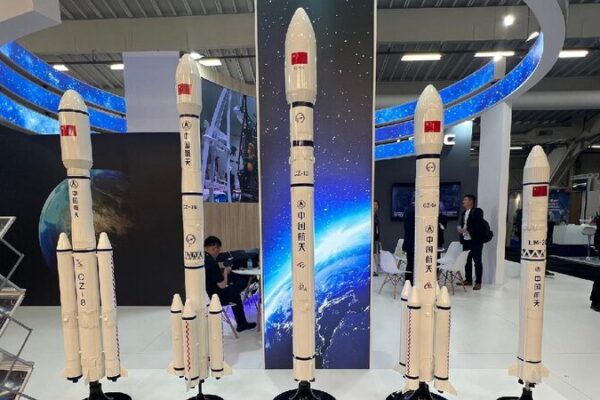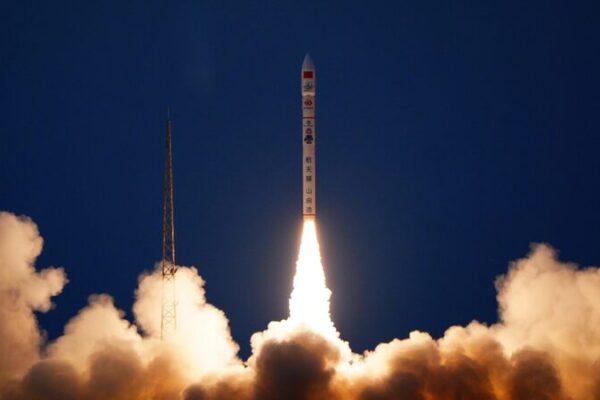In a significant stride for space exploration and meteorology, China’s CERES-1 commercial rocket successfully launched eight satellites into orbit on Monday. The mission, dubbed “Auld Lang Syne,” marks a pivotal moment for global weather forecasting and atmospheric research.
The CERES-1 Y10 rocket blasted off from the Jiuquan Satellite Launch Center in northwest China at 4:07 p.m. on March 17. Among the payload were the Yunyao-1 55-60 satellites and the AIRSAT-06 and -07 satellites, all placed into a 535-kilometer sun-synchronous orbit.
Developed by Tianjin-based Yunyao Aerospace, the Yunyao-1 satellites are equipped with Global Navigation Satellite System (GNSS) occultation detection payloads. This advanced technology enables the collection of vital atmospheric data, including temperature, humidity, pressure, and ionospheric electron density.
Yunyao Aerospace plans to build a constellation of 90 such satellites, aiming to establish a real-time global atmospheric and ionospheric detection system. This system is set to revolutionize global weather forecasting and has applications across various industries.
Significantly, the constellation will provide meteorological forecast information with real-time performance better than 20 minutes for countries along the Belt and Road. This initiative is poised to enhance weather prediction accuracy and reliability, benefiting communities and economies in the Global South.
Beijing-based rocket company Galactic Energy, responsible for the CERES-1 launch, has now completed 17 successful missions. This latest launch also marks the first commercial launch of the year in China, highlighting the nation’s growing capabilities in the commercial space sector.
Reference(s):
China's CERES-1 commercial rocket sends 8 satellites into preset orbit
cgtn.com







